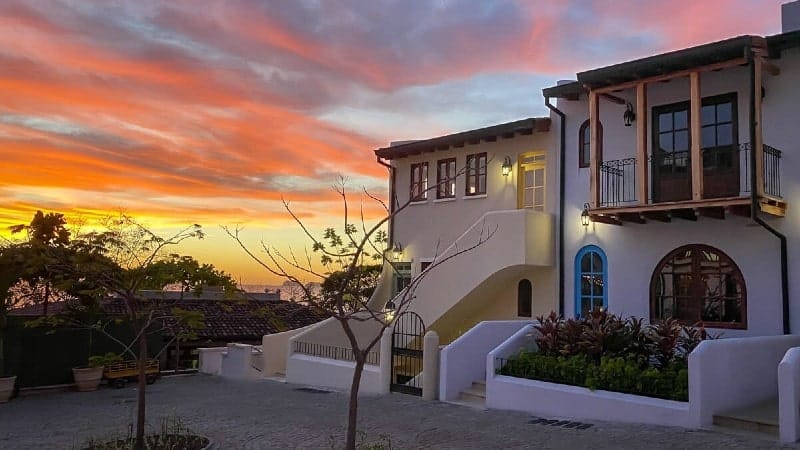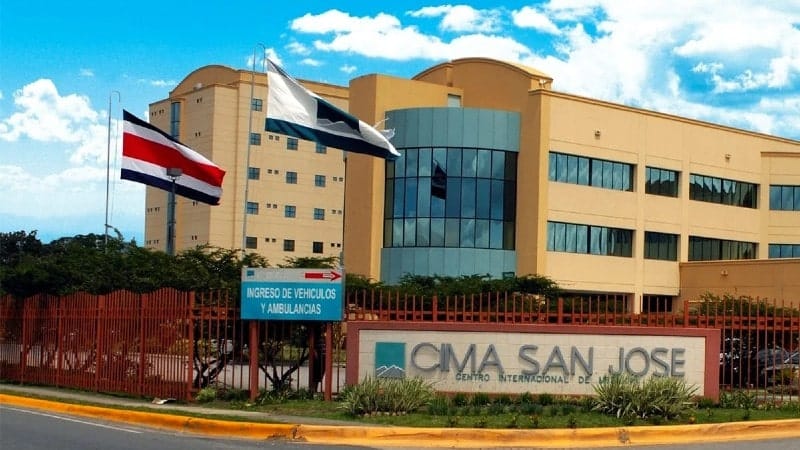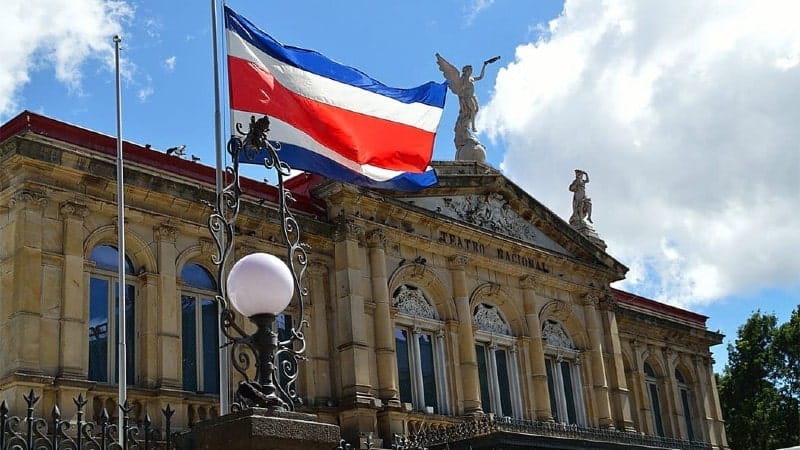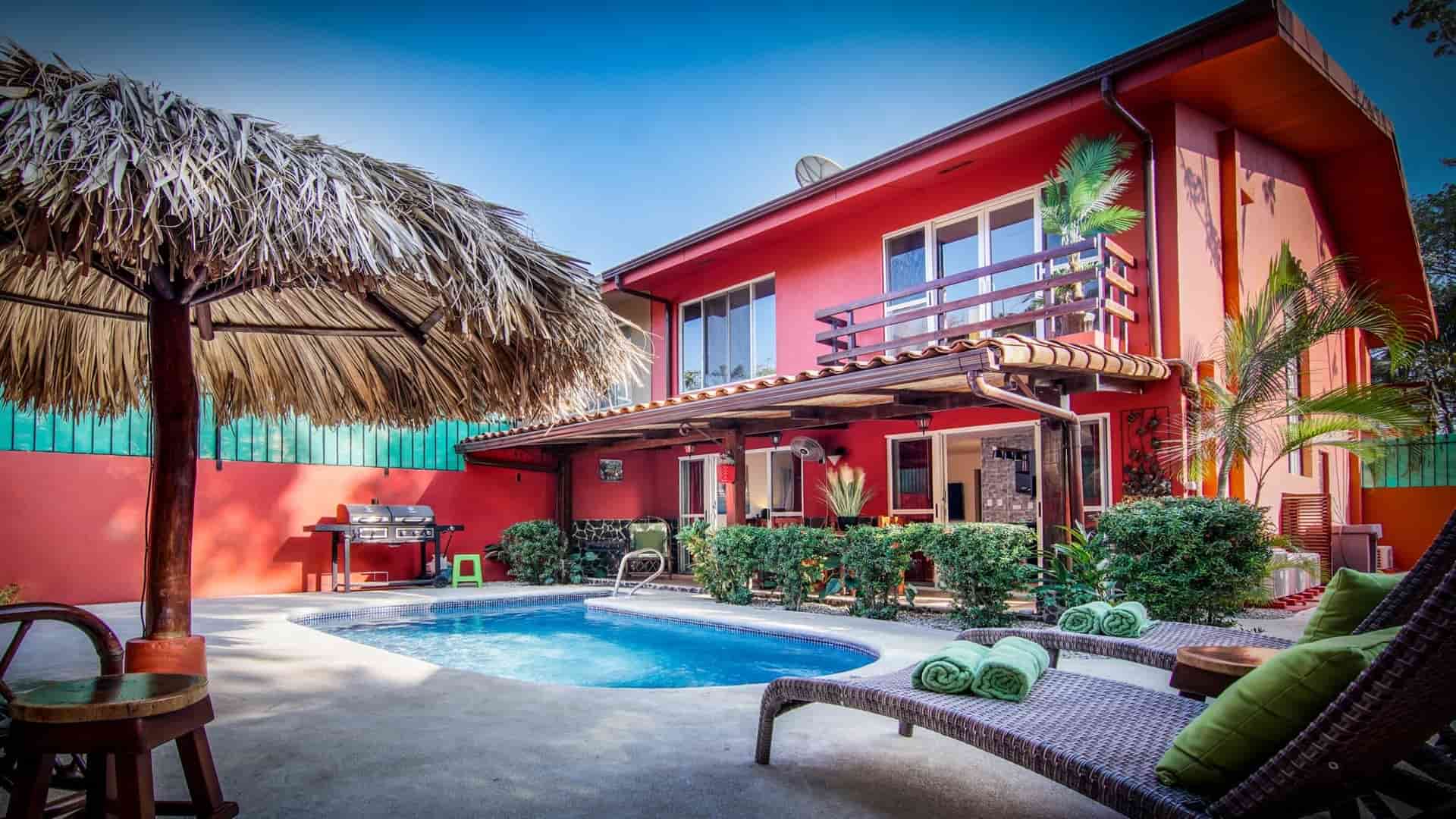Table of contents
There are many things to take into account when thinking about moving overseas or even just comparing the cost of living in other nations. The United States and Costa Rica are two quite distinct nations, with significant possibilities and difficulties in each. We’ll examine housing, healthcare, transportation, food, and other necessary costs in this thorough study that covers every facet of living costs in both countries. Prospective expatriates, retirees, and inquisitive minds can learn a great deal about the economic environments of these two countries by looking over the aspects listed below.
Main Comparative Categories
The following key categories will help those considering a move understand the average differences between the cost of living in Costa Rica and the US.
#1
Housing Expenses

Rent prices in Costa Rica vary significantly depending on location. In metropolitan areas like San José, rents tend to be higher, while smaller towns and rural areas offer more affordable options. Monthly rent for a one-bedroom apartment in San Jose ranges from $500 to $800, whereas the same apartment outside the city center might cost $300 to $500. Property ownership is also feasible, with prices ranging from $1,000 to $2,000 per square meter in urban areas.
Housing costs in the US are notoriously high, particularly in major cities and desirable regions like California and New York. The average rent for a one-bedroom apartment in New York City surpasses $3,000 per month, while in less expensive areas, such as Texas or the Midwest, it might range from $700 to $1,500. Property prices vary greatly across the US, with metropolitan areas commanding premium rates.
#2
Healthcare Costs

Healthcare in Costa Rica is highly regarded and significantly lower than in the US. The country’s universal healthcare system, known as the Caja Costarricense de Seguro Social (CCSS), provides coverage to residents and legal immigrants and is funded through mandatory income-based contributions.
Private healthcare is also available for those who can afford it, offering additional services and shorter wait times.
The US has a famously high cost of healthcare, with medical bills often being a significant financial burden for many Americans. Health insurance premiums can range from hundreds to thousands of dollars per month, depending on coverage and location. Out-of-pocket expenses, including deductibles, copayments, and coinsurance, can quickly accumulate, especially for those with chronic conditions or requiring specialized treatments.
#3
Transportation Expenses

Owning a car in Costa Rica can be costly due to import taxes and high fuel prices. Public transport, such as buses and taxis, is available and considerably lower, especially in urban areas.
Many expatriates and locals opt for alternative modes of transportation, such as bicycles or walking, to save money and reduce environmental impact.
Car ownership is widespread in the US, with gasoline prices generally lower compared to Costa Rica.
Public transportation systems vary by city, with major metropolitan areas offering extensive networks of buses, trains, and subways. However, in suburban and rural areas, owning a car is often a necessity due to limited public transit options.
#4
Grocery Prices

The cost of food in Costa Rica can be higher compared to neighboring countries in Latin America, primarily due to import tariffs and transportation costs. Locally produced fruits, vegetables, and staples are usually the best option as it is significantly cheaper, mainly when purchased from farmers’ markets or street vendors. Imported goods, including electronics and luxury items, may carry a premium price tag.
The US offers a wide range of grocery options, from budget-friendly supermarkets to upscale specialty stores. Prices vary depending on location and brand preferences, but overall, groceries in the US are often more affordable compared to Costa Rica. Bulk purchasing and loyalty programs can help reduce expenses for regular shoppers.
Subscribe to our newsletter
to stay up to date
#5
Entertainment and Leisure
The entertainment options living in Costa Rica range from outdoor activities like hiking, surfing, going to the beach, and wildlife viewing to cultural events, concerts and nightlife in urban centers. While some activities are free or low-cost, others, such as guided tours or entrance fees to national parks, can be relatively expensive. Dining out is also affordable, depending on where you go. Local restaurants serving a traditional menu tend to be cheaper than high-end establishments with international cuisine.
The US offers a diverse array of entertainment options, including theme parks, theaters, museums, and sports events. Ticket prices for popular attractions and events can be high, especially in major tourist destinations like Orlando or Las Vegas. Dining out in the US varies widely in cost, with fast food and casual dining options available at lower price points, while fine dining establishments can be quite expensive.
#6
Education
All enrolled students in Costa Rican public schools, including those from other countries, get free education thanks to tax revenue provided by the country’s people. Private schools are also available, offering alternative educational approaches and bilingual instruction, but they have tuition fees that vary depending on the institution. Higher education centers, such as universities, offer both public and private options, with tuition fees generally lower compared to those in the United States.
Education costs in the US can be significant, especially for families with children attending private schools or pursuing higher education. K-12 public education is funded through local property taxes and state allocations, but families may still incur expenses for supplies, extracurricular activities, and optional programs.
College tuition and fees in the US are among the highest globally, with annual costs for undergraduate programs ranging from thousands to tens of thousands of dollars, depending on the institution and whether the student attends in-state or out-of-state.
#7
Taxes

Costa Rica has a progressive income tax system, with rates ranging from 10% to 25% based on income levels. Additionally, residents are subject to a value-added tax (VAT) on most goods and services, currently set at 13%. Property taxes are relatively low compared to the United States, with rates based on the assessed value of the property.
The US has a complex tax system, with federal income tax rates ranging from 10% to 37% for individuals, depending on income brackets. In addition to federal taxes, most states levy their own income taxes, with rates varying widely. Property taxes in the US can be quite high, particularly in states with high property values, although deductions and exemptions may help mitigate the burden for some homeowners.
#8
Utilities
Utility costs in Costa Rica can vary depending on factors such as location, usage, and type of service provider. Electricity rates are regulated by the government and can be relatively high compared to other countries, but an average monthly electricity bill is about $50. Water and sewer fees are usually billed based on consumption, with rates varying by municipality, but a fair approximate rate is $10.
Utility costs in the US vary widely by region and climate. Electricity and natural gas rates are determined by market conditions and can fluctuate throughout the year. Water and sewer fees are typically charged based on usage, with additional charges for services such as trash collection and recycling. It is also fair to note that the extreme weather that many Americans experience in most states, especially during the winter and summer, greatly increases the cost of electricity through each home’s heating and cooling systems.
Concluding Remarks

The cost of living comparison between Costa Rica and the United States encompasses numerous factors that require careful consideration when choosing where to live or relocate. While living in Costa Rica may offer advantages such as lower housing costs, universal healthcare, and affordable education, the United States provides a more diverse range of opportunities, amenities, and services, albeit at a potentially higher price point. Ultimately, the decision to settle in either country depends on factors such as personal preferences, lifestyle priorities, career opportunities, and financial resources. By weighing these considerations against the cost of living data presented here, individuals can make informed choices that align with their goals and aspirations for a fulfilling life abroad or domestically. If you decide to move to Costa Rica, make sure to check the many housing options we have available for you, from rental properties to real estate listings, there are countless ways to settle in beautiful Costa Rica.
Subscribe to our newsletter
to stay up to date



